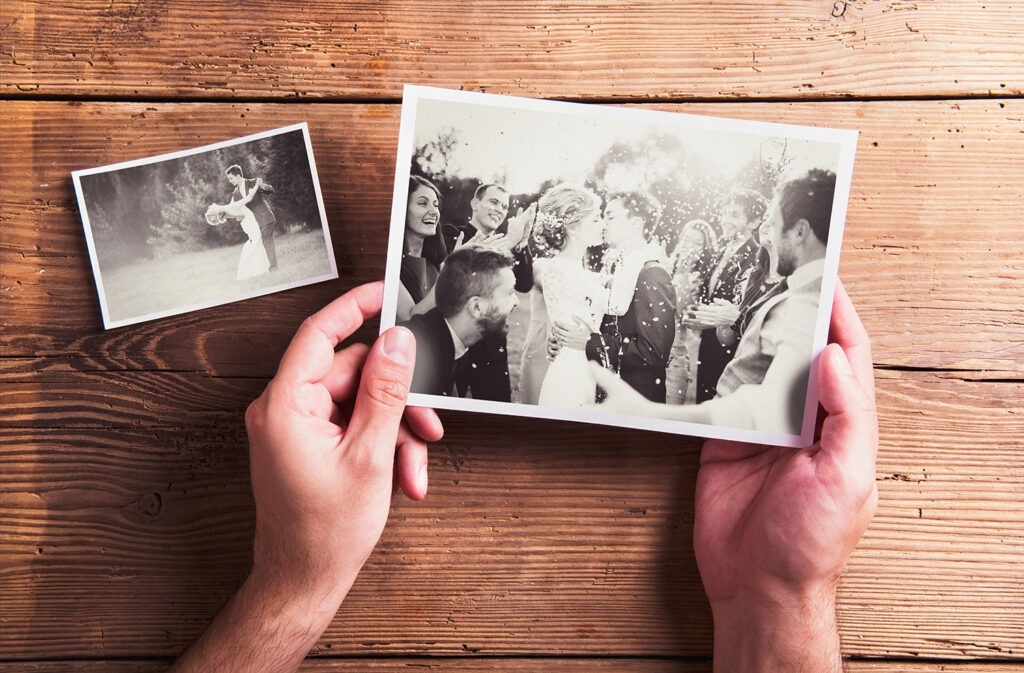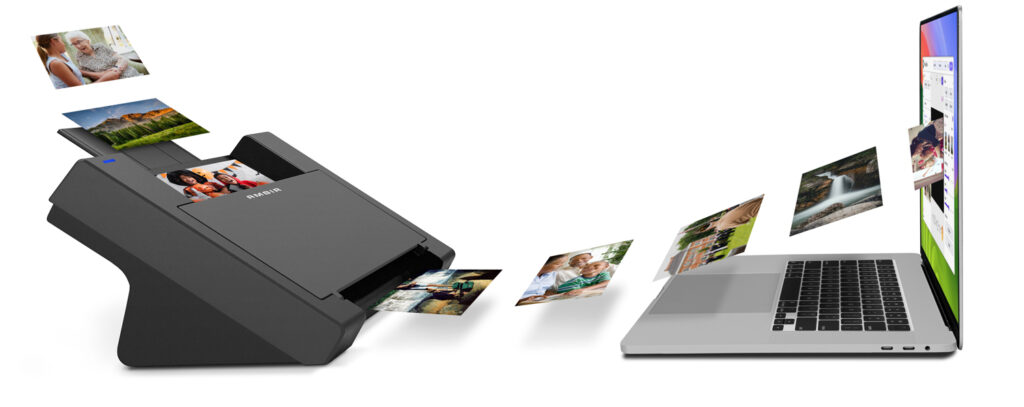

What is a photo scanner? A photo scanner is a device used to digitize physical photographs, converting them into digital images. This allows you to store, edit, share, and preserve old photos more easily. Photo scanners typically use high-resolution scanning technology to capture fine details and colors, ensuring that the digital version closely resembles the original photograph.
Most scanners are stand alone hardware that produce a digital file as an output. This digital file can then be imported into other applications or social media for sharing. New solutions like AMBIR’s PictureStudio combine traditional photo scanner hardware with cutting edge photo editing/sharing software.
There are several different types of photo scanners:
Flatbed Scanners: Sheetfed scanners look like traditional scanners home document scanners in that you lay an image flat face down like you would do with a photocopy machine.
Sheet-fed Scanners: These scanners pull the photo through the machine, scanning as it moves. Sheet-fed scanners tend to be faster than flat bed scanners.
Handheld Scanners: These are portable devices that you manually move over the photo to scan it. They are less common but can be useful for scanning on the go.
Dedicated Photo Scanners: These are specialized for photos and often include features like high-resolution scanning, color correction, and automatic dust and scratch removal.
Photo scanners are particularly useful for preserving old family photos, creating digital archives, and sharing memories with others, especially over social media.

A photo scanner can be used in various ways to preserve, share, and enhance your photographs. Here are some ideas:
Using a photo scanner opens up many possibilities for preserving and sharing memories, making it a versatile tool for both personal and creative projects.
Mobile phone apps for editing, repairing or improving old physical photos are often reliant on the user taking a picture of a picture. Even if you are using a scanning app on the phone, you’re still making a copy of the original under less than perfect circumstances. Ambient light, shadows, phone quality will all further degrade the photo you are trying to digitize whereas a true image scanner provides a near perfect digital copy of the original photograph or film (by perfect we mean exact copy, not an inherent improvement on the original).
For over 25 years, AMBIR, a Chicago-based manufacturer, has been renowned for its high-quality business scanning and digital capture equipment. From document and ID scanners to insurance and business card scanners, AMBIR’s products are trusted across industries like healthcare and financial services.
Now, AMBIR brings its expertise directly to consumers with PictureStudio. Designed to revolutionize photo scanning, PictureStudio combines affordable, high-quality hardware with state-of-the-art AI software. Enhance, organize, and share your most precious memories effortlessly with PictureStudio by AMBIR.